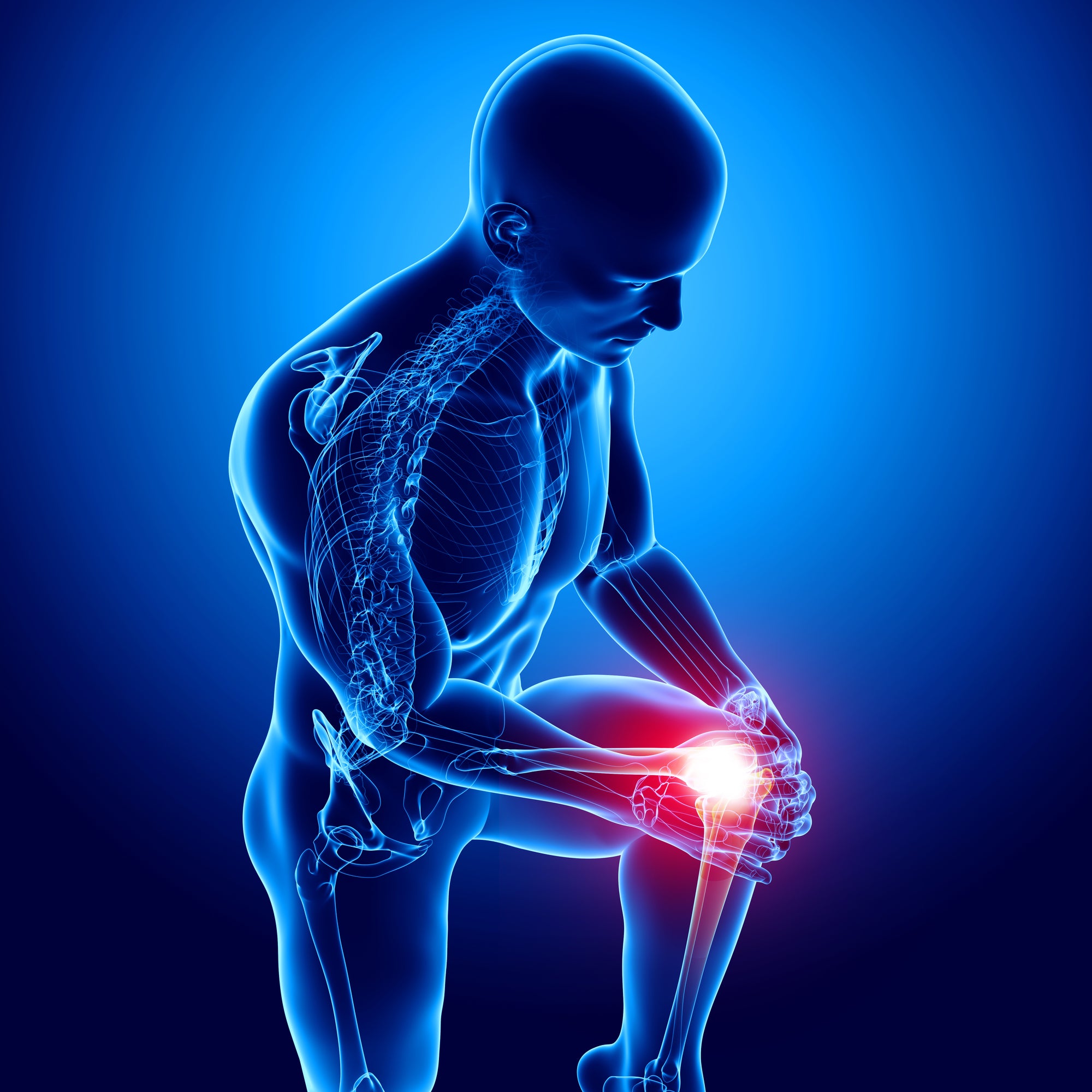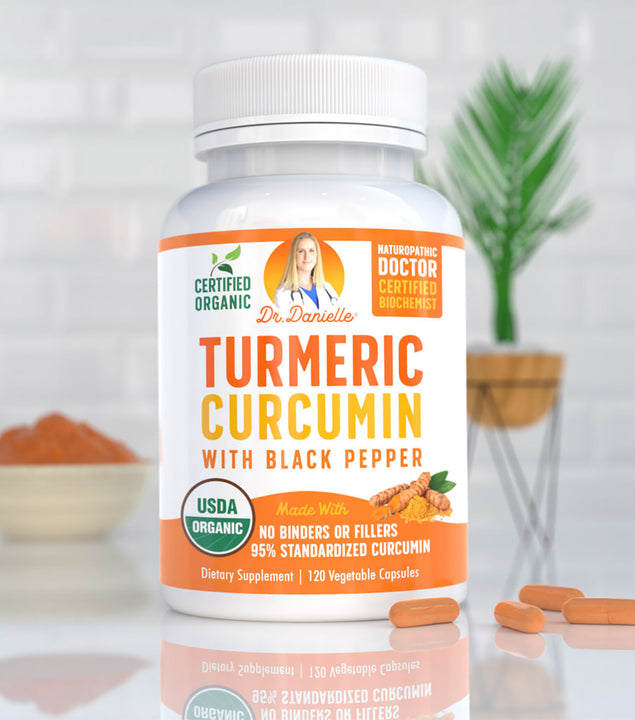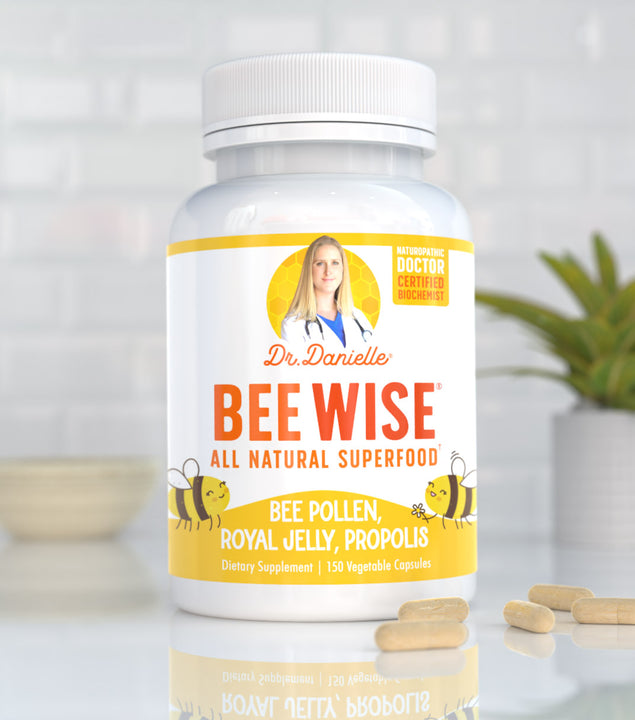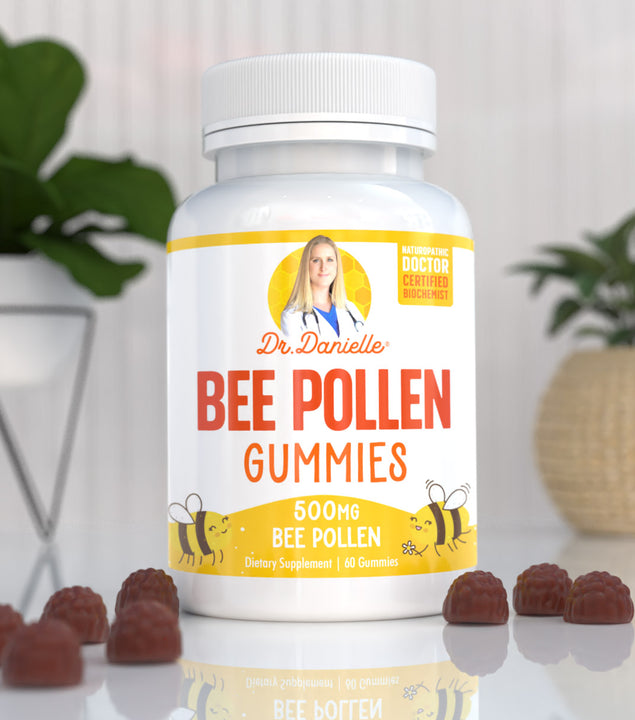Do you ever feel like your joints hurt or ache when the weather changes? Maybe your joints feel stiff or like something is amiss? Perhaps when it's cold, humid, or rainy you feel a flare up of pain in your joints? While some of us may never experience this, over two thirds of people suffering from join disorders believe their joint pain is impacted by the weather.
The Weather and Your Joints
Unlike most medical studies, it is hard to control for weather variables. Creating sound studies is challenging since there is never one singular weather condition present at a time. Therefore the verdict on weather induced joint pain is inconclusive. However, there are plenty of theories and evidence to support these claims.
Low Temperature
Often patients report joint pain when the temperatures drops. The reason behind this could be that the fluids in joints become more viscous or “thick” and therefore are less dynamic. Sudden low temperatures can cause joints to feel more sluggish, stiff, or less flexible than usual.
Changes in Conditions
Some researchers believe it is the changes in weather conditions that impact joints, rather than the weather conditions themselves. The wear and tear that occurs in damaged joints can leave the nerves and fluids more exposed. This exposure could make the joints less adaptable to change and ultimately increase the susceptibility to pain.
Low Barometric Pressure
When barometric pressure is low, joints receive less pressure. Joints can then become inflamed and swell. Muscles, tendons, and tissues can also expand and contract leading to pain. Often, low barometric pressure occurs before a storm and at higher altitudes.
High Humidity/Precipitation
The anecdotal evidence among patients reporting joint pain when it is raining is strong. It is hard to separate different weather conditions such as humidity and precipitation as they often involve low barometric pressure as well.
Blood Flow
In colder weather, the body works to warm and supply blood flow to critical organs first. This can lead to your extremities receiving less circulation. As a result, the blood flow theory suggests joints such as hands, hips, and knees could become more painful and stiff.
Inactivity
Let’s be honest, when the weather is crummy outside it can be easy to want to bundle up, stay indoors, and not move much. The same can be true for extreme heat. No one wants to “melt” when they walk outdoors. That desire to hibernate and avoid extreme weather conditions is something that can plague us all. Due to this lack of movement, your joints can become more painful and stiff.
Mood
When it's cold, wet, and dreary outside, our moods can be impacted. There is a psychological evidence linking bad moods to being more receptive to pain in our bodies.

Relieving Weather Induced Joint Pain
Even if more research is needed to give conclusive causation behind weather induced joint pain, the truth is those who suffer from arthritis and other joint ailments are affected. People will continue to associate rainy, cold days with joint pain and it's important for individuals to have tips and tools to manage symptoms. Here are some preventative tips to help stay pain free.
Stay Active
Inactivity can cause your joints to stiffen and become more painful. So get moving! Consider indoor swimming, yoga, low impact aerobics, and stretching. Get up and get going! No excuses!
Rest
Make sure you are getting adequate sleep at night. Turn off electronics at least an hour before bed. Unwind and read a book instead. You’d be surprised how inadequate sleep can impact your entire body, including how your joints feel. For more tips on getting a better nights sleep, click here.
Stay Warm
There are endless ways to stay warm and keep cozy. Consider taking warm baths or using a hot water bottle at night. Also, make sure to layer up by wearing warm jackets, socks, hats, and gloves. The goal is to promote blood flood by keeping your body warm. Remember, your body will naturally send warmth and circulation to your vital organs first. Help your body out a bit and bundle up.
Anti-inflammatory Diet
Diet is huge when it comes to your joints. Anything that adds extra inflammation in your body is going to negatively impact an already inflamed and damaged area. Aim for fresh fruits, vegetables, fatty fish, and whole foods. Avoid processed foods and refined sugars as much as possible. Consider an elimination diet or food sensitivity test to determine to what your body reacts. Also, taking 1500mg of turmeric 1 to 3 times a day can be beneficial in reducing inflammation throughout your body and in your joints.
As with all changes in our bodies, if you are experiencing joint pain, make sure to have it looked at and properly diagnosed by a medical professional. Whatever the cause behind your pain, it is no fun and you deserve to be as comfortable as possible. So make sure to visit your doctor or chiropractor to create a custom tailored plan just for you.








